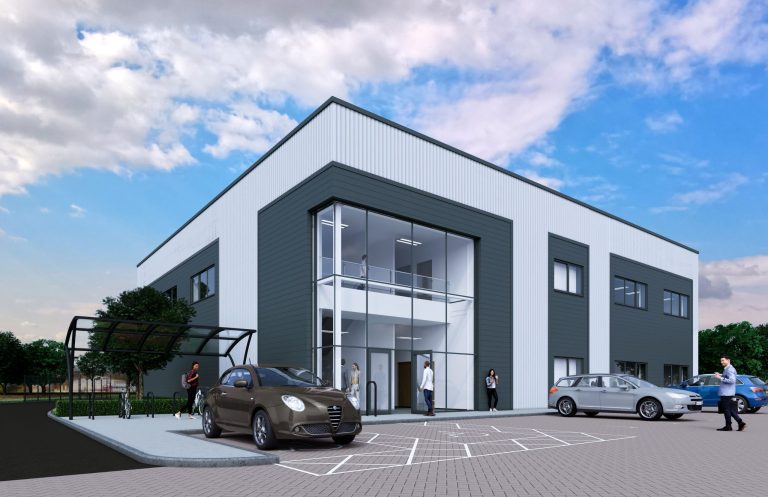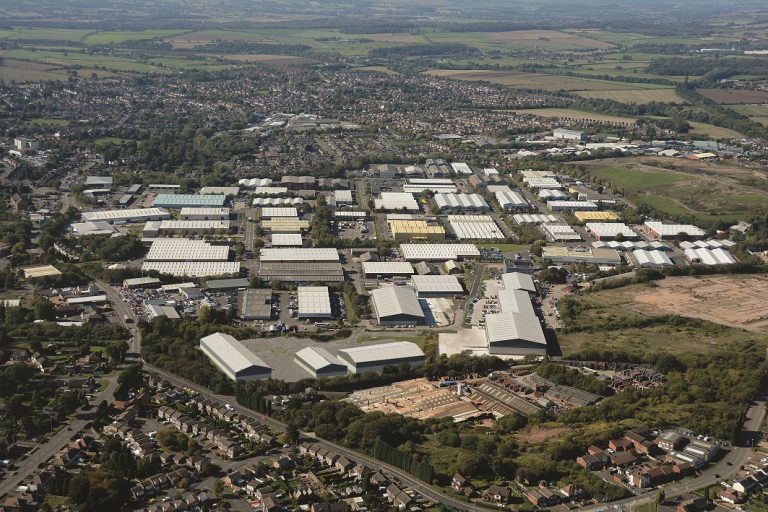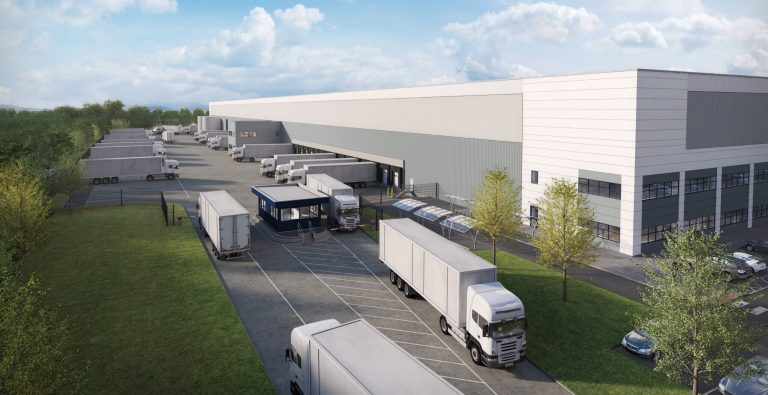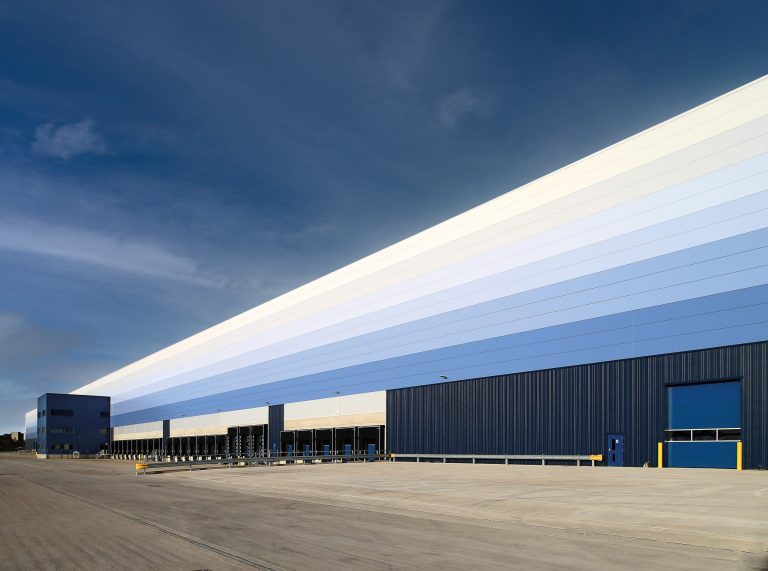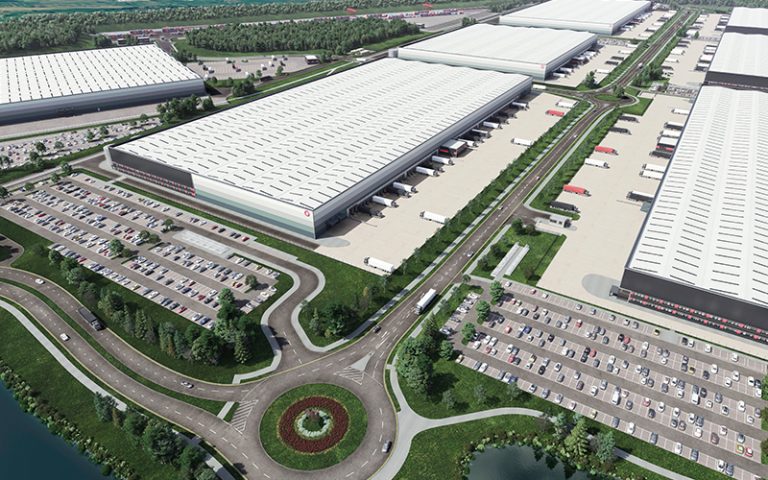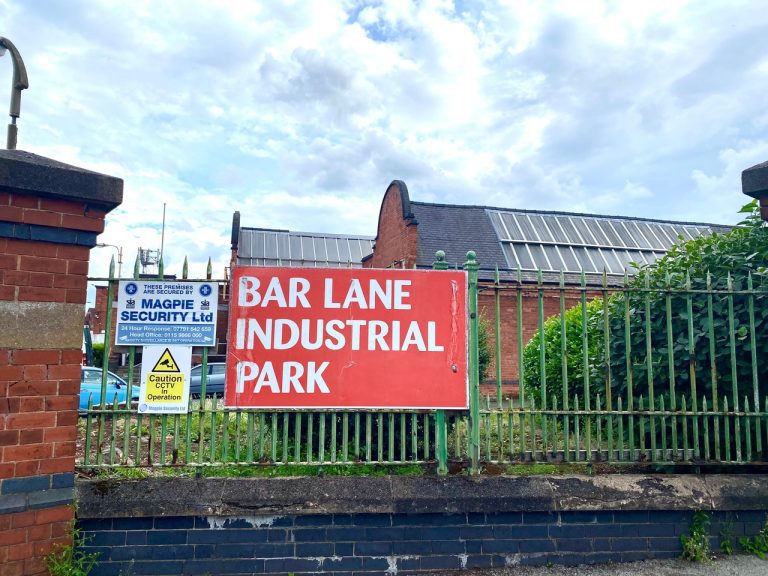A flurry of new lettings at one of Europe’s biggest secure industrial and business estates, in the Black Country, is signalling growing confidence in the industrial market. LCP, the national commercial property and investment company, says demand for industrial property is at a peak, with voids at The Pensnett Estate in Kingswinford now under 1% – an historic low. It has signed deals with Milton Cable Management Systems, JL Drinks Ltd, and Ground Investigation & Piling Ltd in quick succession for units at the estate. Milton Cable Management Systems has signed a 10-year lease for Building G, Bay 2 at Prime Point, making this speculative development now fully let. The 24,505 sq ft unit will be used for the new business, which is part of the Hudson Group that operates RMS Cable Management in Hampshire and ArmorDuct Systems Ltd, based on The Pensnett Estate. Simon Hudson-Smith, owner director of the Hudson Group, said: “We were looking for suitable premises and one of the attractions of this unit was that it falls within DY5, Dudley’s Business and Innovation Enterprise Zone so that was a big incentive financially as we can get business rates relief. “The new unit will house Milton Cable Management Systems, which has been created to manufacture and market a cable basket system that we believe is under-utilised but has huge potential and it will also give us the opportunity to expand. “Some of the staff from ArmorDuct will transfer over but I hope over the next two to three years that we can create between 20 and 30 jobs.” Phase two of LCP’s multi-million pound Prime Point scheme comprises 100,000 sq ft of prestigious industrial units, with tenants Stiltz Ltd, the home lift company; Total Kare, which specialises in lifting and testing equipment for heavy duty commercial vehicle workshops; and Glendenning Limited. GIP Ltd, one of the largest geoenvironmental and geotechnical engineering companies in the Midlands, has signed a five-year lease for Building 62 Bay 3, a 5000 sq ft unit as it relocates from Wolverhampton, where it has been based for the past 20 years. Julian Hughes, managing director, said: “The new premises are part of a Geo-hub that we are setting up for our staff to use as a mix of home, site and office working promoted in part by the pandemic. “We are mostly a cloud-based operation, other than the drilling, so the unit at The Pensnett Estate will be a space for folks to meet, log, prep testing, as well as giving the younger geologists the opportunity to have the mentoring structure that has been difficult over the pandemic. “The new space will have folks coming in more frequently, but I am allowing them to choose their working hours and how much time they spend on site, at home or in the new office environment.” The business employs 20 staff and also uses specialist geo-services on a sub contract basis. The final major letting is JL Drinks Ltd, which has signed a five-year lease for Building 18, a 13,053 sq ft unit. Paula James, LCP’s industrial lettings manager, said: “The industrial property market is at its peak and the take up is the best I have seen in 20 years of being involved in the property letting market, which is why we are seeing voids on The Pensnett Estate at under 1%. “These lettings, after a very challenging 16 months, demonstrate that there is significant demand for good-quality industrial units in the region. The Pensnett Estate’s strategic location also makes it an attractive proposition for businesses that need quick and easy access to motorways.” The Pensnett Estate is one of the largest secure business estates in Europe, and home to 160 businesses in over 2.4 million sq ft of commercial property. The Black Country Local Enterprise Partnership (BCLEP) has been supporting LCP with the development of Prime Point.






